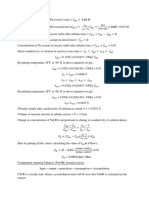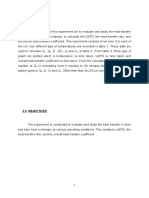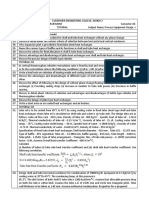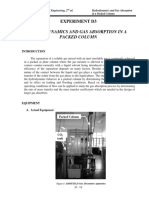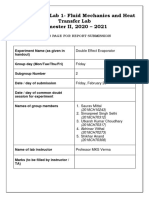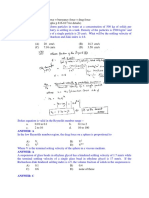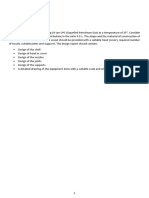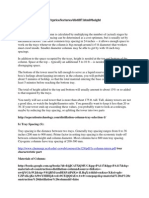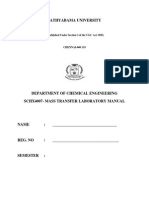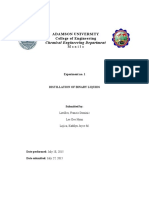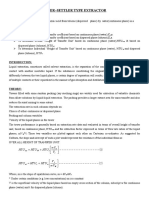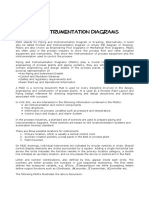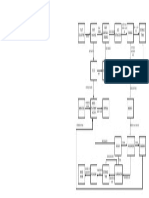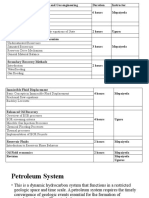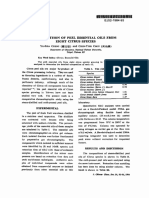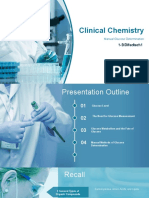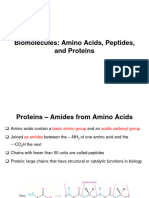0% found this document useful (0 votes)
399 views14 pagesTutorial 1a:: CHG 501: Process Dynamics and Control
The document contains questions and diagrams related to various process control systems. Question 1 discusses a process furnace that heats a process stream and regulates the outlet temperature by manipulating fuel gas flow. Question 2 involves controlling the composition of overhead and bottoms streams in a distillation column by varying the reflux flowrate. Question 3 covers controlling pressure, liquid level, and gas composition in a system that produces synthetic natural gas. Question 4 shows instrumentation for a CSTR and storage vessel. Question 5 identifies errors in a P&ID diagram. Question 6 assigns different control system cases to student groups and provides a process description and control objectives for an ammonium nitrate prilling plant.
Uploaded by
Aanu OlumuyiwaCopyright
© © All Rights Reserved
We take content rights seriously. If you suspect this is your content, claim it here.
Available Formats
Download as PDF, TXT or read online on Scribd
0% found this document useful (0 votes)
399 views14 pagesTutorial 1a:: CHG 501: Process Dynamics and Control
The document contains questions and diagrams related to various process control systems. Question 1 discusses a process furnace that heats a process stream and regulates the outlet temperature by manipulating fuel gas flow. Question 2 involves controlling the composition of overhead and bottoms streams in a distillation column by varying the reflux flowrate. Question 3 covers controlling pressure, liquid level, and gas composition in a system that produces synthetic natural gas. Question 4 shows instrumentation for a CSTR and storage vessel. Question 5 identifies errors in a P&ID diagram. Question 6 assigns different control system cases to student groups and provides a process description and control objectives for an ammonium nitrate prilling plant.
Uploaded by
Aanu OlumuyiwaCopyright
© © All Rights Reserved
We take content rights seriously. If you suspect this is your content, claim it here.
Available Formats
Download as PDF, TXT or read online on Scribd
/ 14




